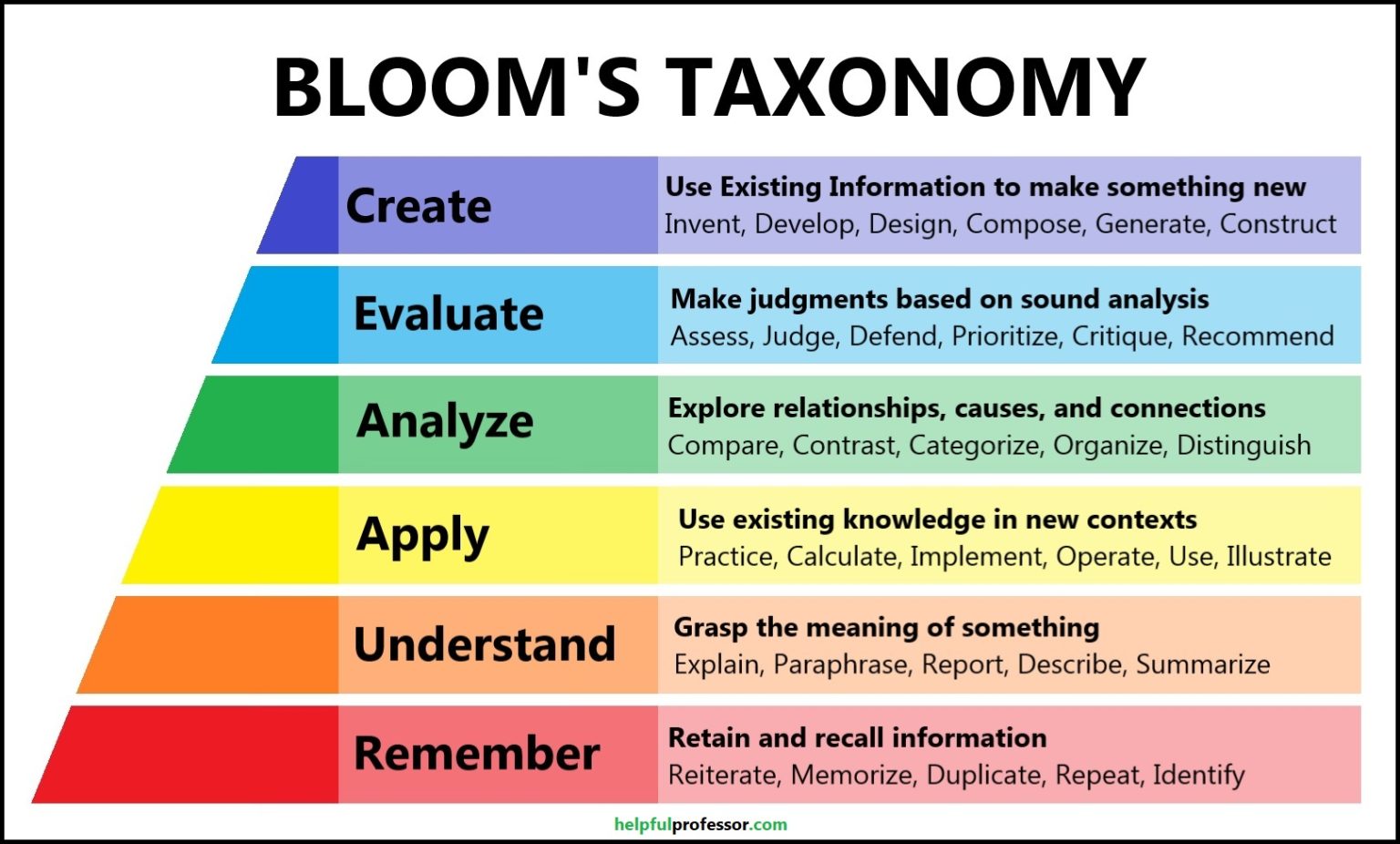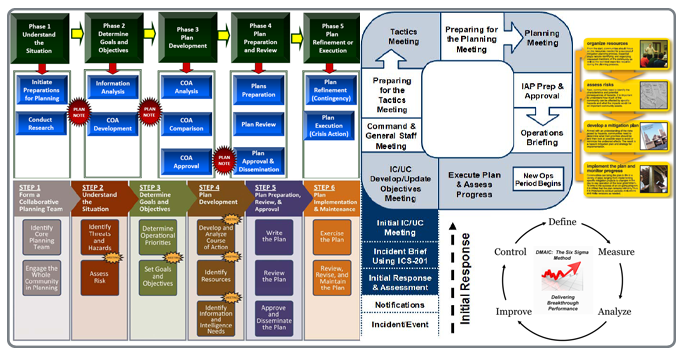Understanding And Making use of The P-Chart: A Complete Information To Course of Management
Understanding and Making use of the P-Chart: A Complete Information to Course of Management
Associated Articles: Understanding and Making use of the P-Chart: A Complete Information to Course of Management
Introduction
With nice pleasure, we’ll discover the intriguing subject associated to Understanding and Making use of the P-Chart: A Complete Information to Course of Management. Let’s weave fascinating data and supply recent views to the readers.
Desk of Content material
Understanding and Making use of the P-Chart: A Complete Information to Course of Management

Statistical Course of Management (SPC) is an important methodology for monitoring and bettering the standard of processes. One of the crucial extensively used SPC instruments is the p-chart, particularly designed for controlling the proportion of nonconforming items in a pattern. Not like different management charts that concentrate on steady information, the p-chart analyzes attribute information – information that’s categorized as both conforming or nonconforming, faulty or non-defective, cross or fail. This text offers a complete clarification of p-charts, masking their software, building, interpretation, and limitations.
What’s a P-Chart?
A p-chart is a management chart that shows the proportion (p) of nonconforming items in a pattern over time. Every level on the chart represents the proportion of faulty objects present in a particular pattern. The chart incorporates management limits (higher management restrict – UCL and decrease management restrict – LCL) to find out whether or not the method is working inside acceptable limits of variation or exhibiting instability indicating a possible drawback. The central line represents the common proportion of nonconforming items over a time period.
When to Use a P-Chart:
P-charts are significantly helpful in conditions the place:
- The information is attribute information: The attribute being measured is categorical (e.g., faulty/non-defective, cross/fail).
- Samples are of constant dimension: Whereas variations in pattern dimension are potential, consistency is most well-liked for correct interpretation. Strategies exist to deal with various pattern sizes, however constant pattern sizes simplify the calculations and interpretation.
- The method is secure or has reached a state of statistical management: The p-chart is designed to detect shifts within the course of proportion of nonconforming items. Making use of it to an inherently unstable course of will result in deceptive outcomes.
- The target is to observe the proportion of defects: The first focus is on the proportion of nonconforming objects, not absolutely the variety of defects.
Developing a P-Chart:
Constructing a p-chart includes a number of key steps:
-
Knowledge Assortment: Gather information on the variety of nonconforming items in a sequence of samples. Be sure that the samples are randomly chosen and consultant of the general course of. Document the pattern dimension (n) for every pattern.
-
Calculate the Proportion of Nonconforming Models (p): For every pattern, calculate the proportion of nonconforming items by dividing the variety of nonconforming items by the pattern dimension: p = (Variety of Nonconforming Models) / (Pattern Measurement).
-
Calculate the Common Proportion of Nonconforming Models (p̄): Calculate the common proportion of nonconforming items throughout all samples: p̄ = Σp / ok, the place ok is the variety of samples.
-
Calculate the Commonplace Deviation of the Proportion (σp): This step requires contemplating the variability inherent within the proportion of nonconforming items. The components is: σp = √[p̄(1-p̄) / n], assuming a relentless pattern dimension ‘n’. For variable pattern sizes, a extra advanced calculation is required, usually involving a weighted common.
-
Calculate the Management Limits: The management limits are calculated utilizing the common proportion and the usual deviation:
- Higher Management Restrict (UCL): UCL = p̄ + 3σp
- Decrease Management Restrict (LCL): LCL = p̄ – 3σp
Word: If the LCL falls under zero, it is sometimes set to zero, as a adverse proportion is unimaginable.
-
Assemble the Chart: Plot the proportion of nonconforming items (p) for every pattern on the chart. Draw the central line at p̄ and the higher and decrease management limits at UCL and LCL respectively.
Deciphering a P-Chart:
As soon as the p-chart is constructed, interpretation focuses on figuring out patterns and deviations from the established management limits:
-
Factors inside the management limits: The method is taken into account to be in a state of statistical management. The variation noticed is taken into account to be widespread trigger variation, inherent within the course of.
-
Factors outdoors the management limits: This means a possible drawback. The method is probably going experiencing particular trigger variation, which is because of assignable causes that should be investigated and corrected. These factors sign a shift within the course of proportion of nonconforming items.
-
Patterns inside the management limits: Even when all factors stay inside the management limits, sure patterns can counsel underlying issues:
- Developments: A constant upward or downward pattern suggests a gradual shift within the course of.
- Stratification: Clustering of factors above or under the central line signifies potential points with the information assortment or course of.
- Cycles: Recurring patterns counsel the affect of periodic elements.
Coping with Out-of-Management Factors:
When out-of-control factors are recognized, an intensive investigation is important to determine and remove the assignable causes. This will likely contain:
- Reviewing the method: Study the method for any adjustments or anomalies that occurred throughout the interval when the out-of-control level was noticed.
- Checking the information: Confirm the accuracy of the information assortment and calculations.
- Investigating potential causes: Determine potential sources of variation that will have contributed to the out-of-control level. This might embrace gear malfunction, adjustments in uncooked supplies, operator error, or environmental elements.
- Implementing corrective actions: As soon as the foundation trigger is recognized, implement acceptable corrective actions to forestall recurrence.
- Re-establishing management: After corrective actions, acquire new information and re-construct the p-chart to confirm that the method is again in management.
P-Charts with Variable Pattern Sizes:
When pattern sizes differ, the calculation of the management limits turns into extra advanced. A number of strategies exist, together with:
- Utilizing a weighted common for p̄: This includes weighting every pattern proportion by its corresponding pattern dimension.
- Utilizing a variable management restrict method: This methodology calculates separate management limits for every pattern dimension primarily based on the common proportion and the pattern dimension.
- Utilizing software program: Statistical software program packages readily deal with variable pattern sizes in p-chart building.
Limitations of P-Charts:
Whereas p-charts are a priceless software, they’ve limitations:
- Assumption of independence: The p-chart assumes that the samples are impartial. If there’s autocorrelation (dependence between consecutive samples), the management limits could also be inaccurate.
- Sensitivity to pattern dimension: The precision of the management limits is influenced by the pattern dimension. Smaller pattern sizes result in wider management limits and lowered sensitivity to smaller shifts within the proportion of nonconforming items.
- Assumption of fixed course of parameters: The p-chart assumes that the method parameters (e.g., the proportion of nonconforming items) stay fixed over time, aside from assignable causes. This assumption might not all the time maintain true in apply.
- Incapability to determine particular defects: The p-chart solely offers data on the general proportion of nonconforming items; it does not determine the precise sorts of defects. Additional evaluation could also be wanted to grasp the character of the defects.
Conclusion:
The p-chart is a strong software for monitoring the proportion of nonconforming items in a course of. By understanding its ideas, building, and interpretation, organizations can successfully make the most of p-charts to enhance course of high quality, scale back defects, and improve general effectivity. Nevertheless, it’s essential to concentrate on the restrictions and assumptions related to p-charts and to use them appropriately inside the context of the precise course of being monitored. Keep in mind that efficient use of p-charts requires a mix of statistical understanding and course of data. When used accurately, p-charts can present priceless insights into course of conduct and contribute considerably to steady enchancment efforts.








Closure
Thus, we hope this text has offered priceless insights into Understanding and Making use of the P-Chart: A Complete Information to Course of Management. We thanks for taking the time to learn this text. See you in our subsequent article!